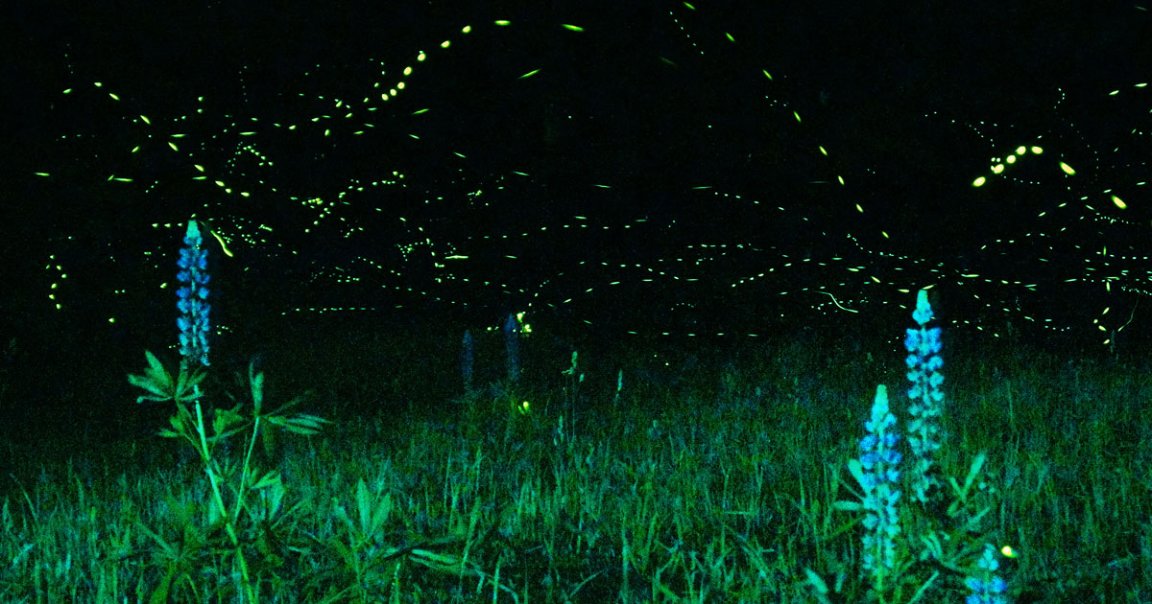
Powerhouse
Mitochondria are the powerhouses of the cell — but if something dampers their output, it can be difficult to determine why. To better investigate mitochondrial function, a team of researchers from Switzerland’s Ecole Polytechnique Fédérale de Lausanne developed a method to make mice glow in the dark, like fireflies. Their work was published today in the journal Nature Chemical Biology.
Cell Walls
Like cells themselves, mitochondria have a membrane that filters materials entering and exiting their structure. That membrane relies on a difference in polarity known as “membrane potential” and when membrane potential drops, it can be indicative of a problem. Testing that membrane is why scientists had a need to make mice glow.
So! To do that, (EPFL professor and the paper’s lead author) Elena Goun and team used mice genetically modified to express luciferase, the enzyme that produces light when combined with another compound called luciferin — which is exactly how fireflies glow. The team developed two molecules that, when injected into mice, pass into the mitochondria and cause them to produce luciferin, making the mice glow. “In a completely darkened room, you can see the mice glowing, just like fireflies,” says Elena Goun.
Actual Glow Up
Studying mitochondrial function is then as simple as measuring how bright the mice glow. The brighter they are, the more luciferin in the mitochondria, the better the mitochondria are functioning. This animal model method of testing mitochondrial function could be extremely useful in things like cancer drug research, as well as things like diabetes, oncology, aging, nutrition, and neurogenerative diseases.
READ MORE: Fireflies shed light on the function of mitochondria [EPFL]
More on Mouse Studies: Lab Puts Mice in Suspended Animation. Will It Work on Humans?